This is a daily basic need for your chickens. Chickens are naturally fantastic foragers and if they are free range they will love to forage for insects and greenery. However to keep healthy chickens that will lay lots of eggs for you, you will need to provide extra food. Here you will learn what type of food to feed, and how much you will need to feed your chickens as well as what chickens favourite treats are.
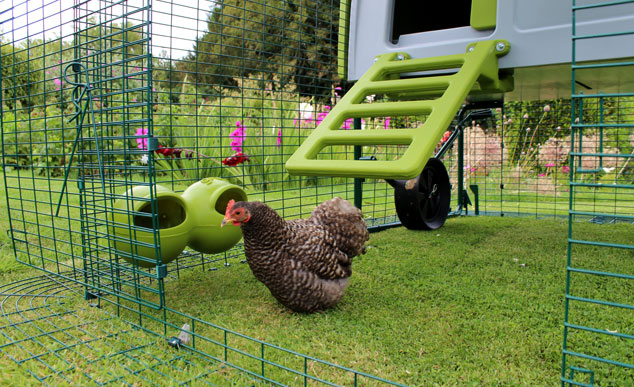
The Omlet Feeders and Drinkers attached neatly to the Eglu Chicken Runs
What Type Of Feed Do My Chickens Need?
Chickens need a balanced diet of protein, carbohydrate, vitamins, and minerals. Protein is particularly important for growing chickens and for producing eggs. A good layer will stop producing as many eggs if she doesn’t have enough protein in her diet.
A free ranging hen will be good at finding protein by foraging for meaty insect such as worms, slugs and snails. But lots of hens today don’t have the ability to find those insect on a daily basis so need a feed that has all nutrition she needs. The type of feed you give to your chickens is dictated by the age:
Chicks - From hatching to 5 weeks old chicks will need to be fed ‘chick crumbs’. These are roughly 19% protein, and suitable for chicks.
Pullet - From 6 weeks to 18 weeks, chickens do lots of growing so will need a type of feed to help them do that. This feed is called ‘growers pellets’ or ‘growers mash’. This feed is typically 15-16% protein.
Laying hens - When your chickens start to lay eggs they will needs to be fed ‘layers pellets’ or ‘layers mash’. This is usually 15-17% protein and will help them to regularly lay eggs.
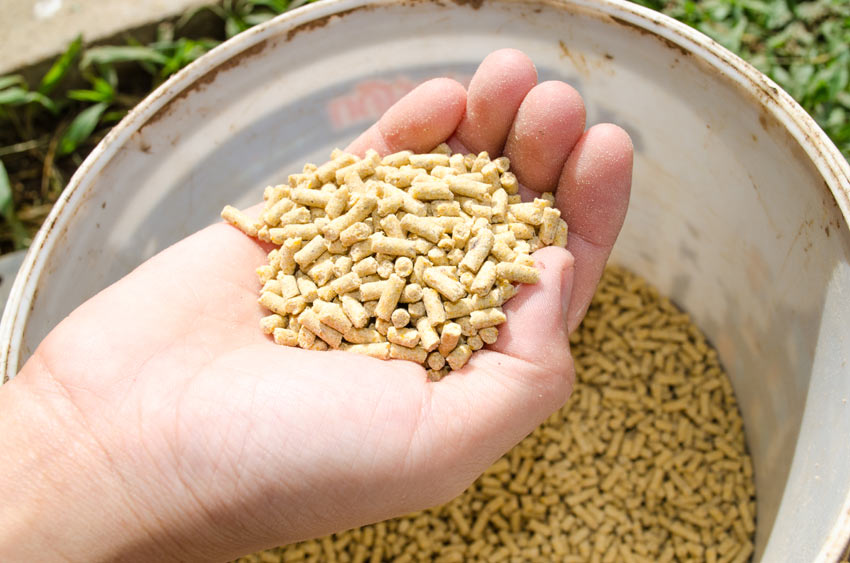
A handful of layers pellets for egg laying hens
Top tip
It important to store chicken feed somewhere dry and rodent proof. Metal dustbins are the best way to keep feed dry and safe from rodents.
How Much Feed Do My Chickens Need?
Your chickens should have a constant supply of food throughout the day. Chickens will eat when they need it and should go to bed with a full crop as they need lots of food to produce eggs. A fully grown chicken will typically eat about 120 grams of layers pellets a day. You should check the feeders every day to ensure they are topped up. It can be a good idea to have two feeders, one inside of their coop run and one outside of their run (if they are free ranging). This will stop any dominant chickens stopping less dominant chickens from getting their share of food.
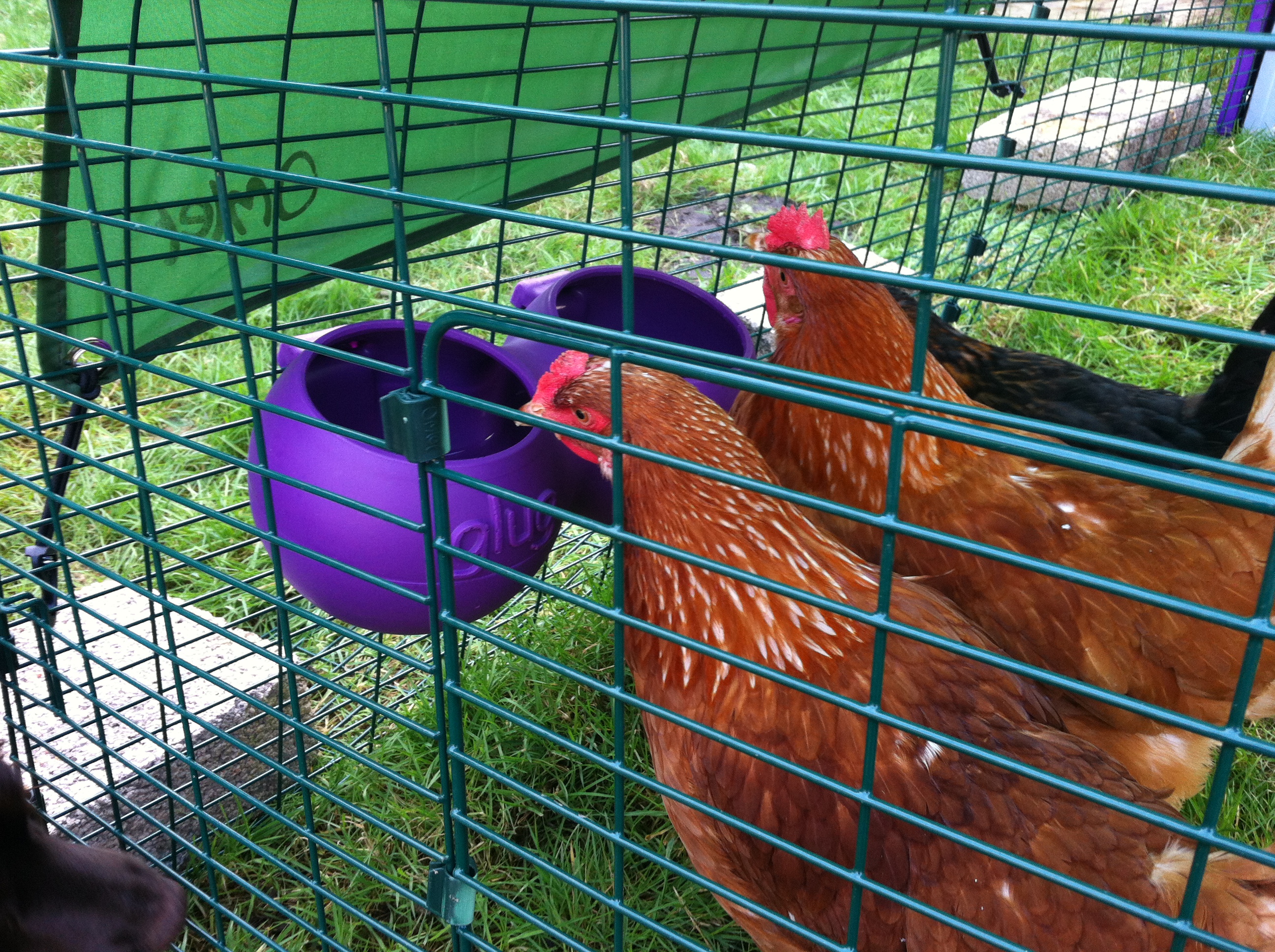
Katie Cheetham's hens love feeding and drinking from their clean Omlet Feeders
Grit
Chickens need to eat small stones in order to help digest their food. Chickens don’t have teeth so swallow whatever they choose to eat whole. Any grit they eat is used to grind up food in their Gizzard. When keeping chickens it is important to give them a supply of grit as they may not be able to naturally find enough grit.
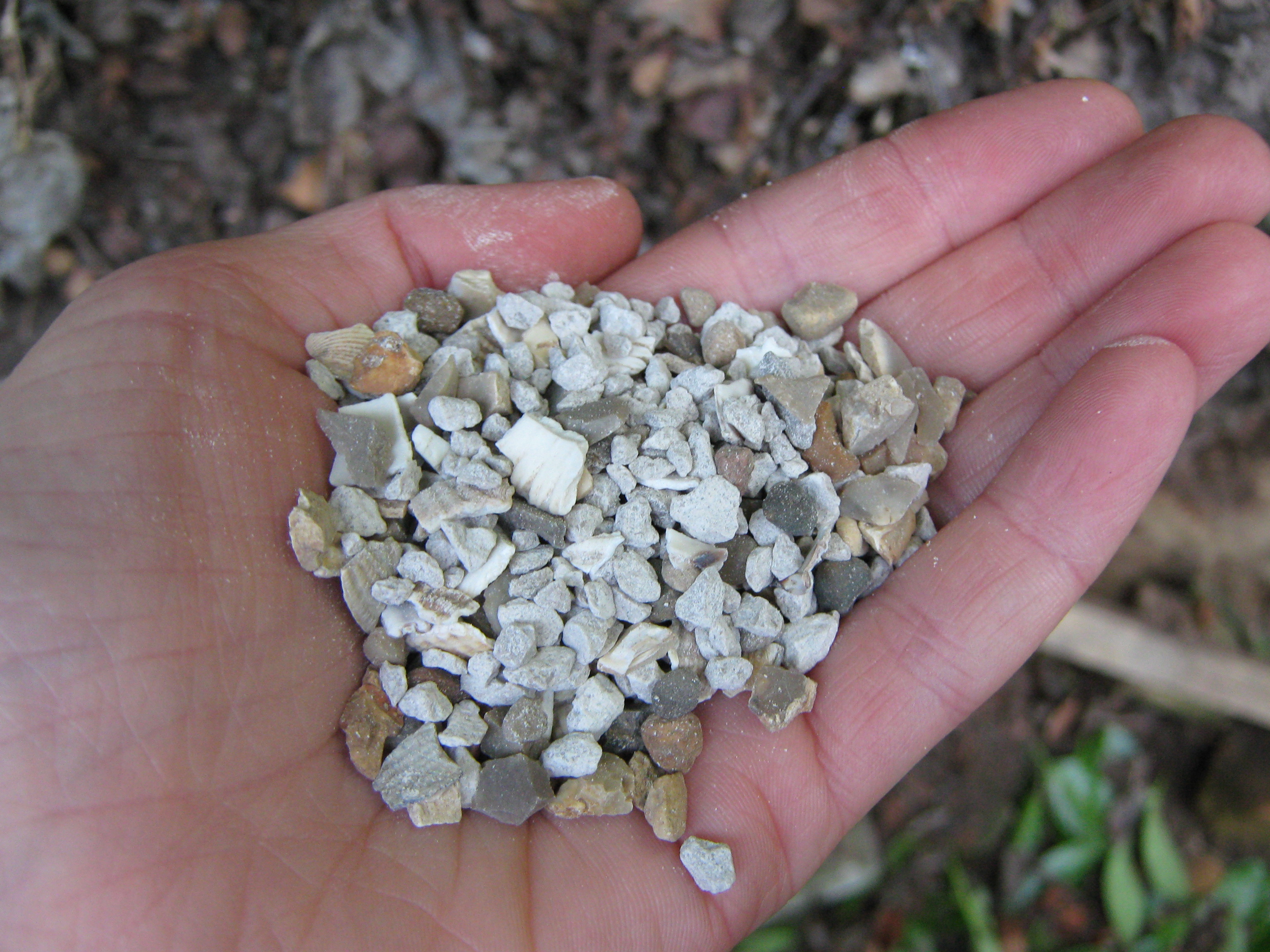
A close up of some seashell grit used for chicken feed
Grit with oyster shells is even better as the oyster shells provide calcium which your chickens need to lay eggs with strong shells.
Corn
Chickens absolutely love corn, and will come running at the sound of you getting their corn. Corn is a great way to tame your chickens. However mixed corn is high in fat so should only be given as a treat, as an overweight chicken won’t lay as many tasty eggs. A handful of corn per hen scattered on the ground is plenty.
Chicken treats and greens
Chickens will eat most things that you give them (within reason). They will enjoy pasta, green veggies, cereals, raisins, banana….always make sure that treats are freshly prepared for the chickens. Its nice to give them a treat, but do make sure you aren’t giving them too many treats as they will fill up on those and not eat their layers pellets
Feeders
There are a few different type of feeders on the market, but the most important aspect of a feeder is that it keeps the chickens food dry. Omlet have a range of different feeders to choose from, just click here to browse them.
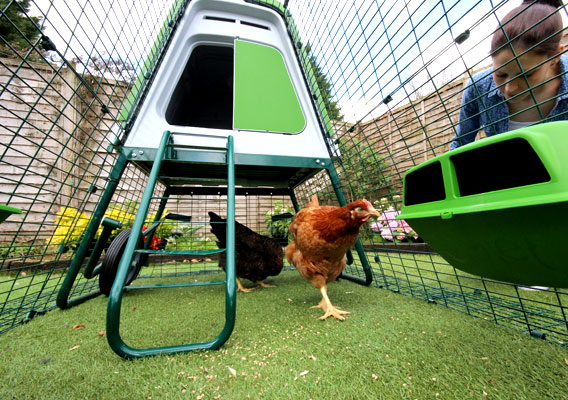
The Omlet Feeder and Drinkers attach to the Eglu Runs which keeps them dry and clean
The Eglu Grub (food container) will, when full, contain enough food for two chickens for up to four days. Even though most feeders will keep the food dry from rain, it is still wise to place the feeder somewhere sheltered so your chickens can still access food whilst sheltering from bad weather.
Water
Your chickens need to have access to fresh water at all times. You should refresh their water supply daily and ensure that their water drinker is kept clean. In hot weather you should keep the water in the shade and check it more often as chickens will drink more in the hot weather. In very cold weather you will also need to check their water more often as it will freeze over. The Egle Glug is great at keeping your chickens' water clean.
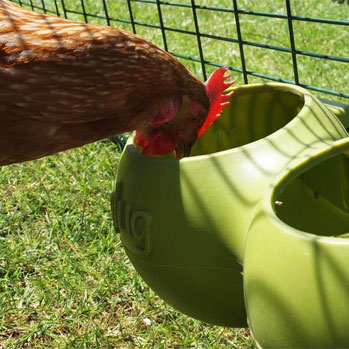
A Gingernut Ranger drinking water from the Omlet feeder that's attached to the Eglu Classic Run
As with the food it can be a good idea to have two sources of water; one in their coop run area, and one outside (if they are free ranging).




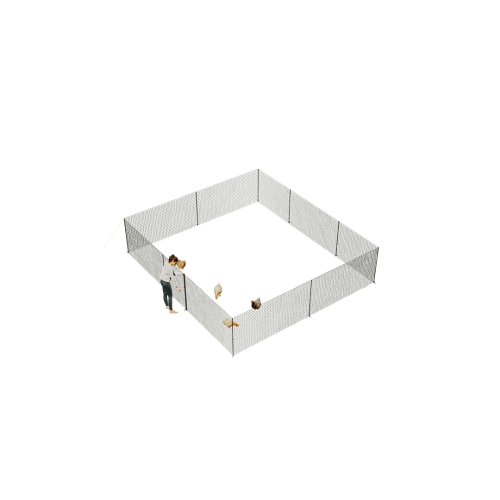
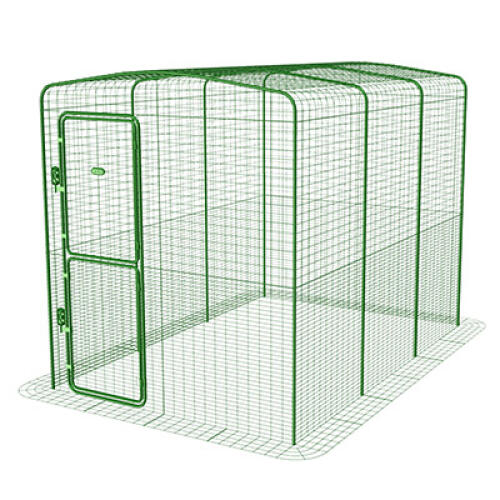
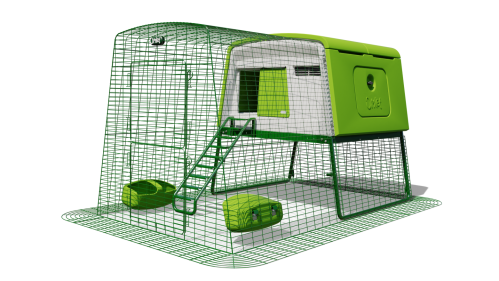
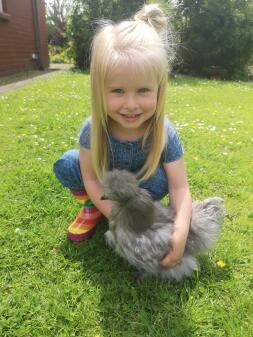
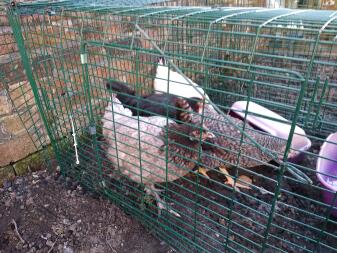
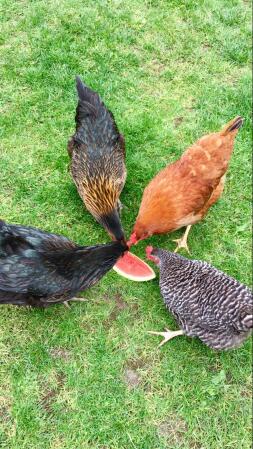
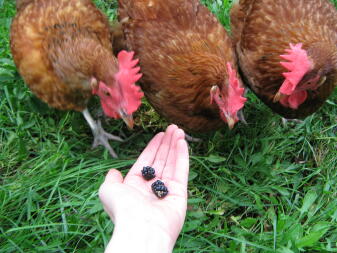

Comments
Leah, 30 April 2020
At what age can pullets free range
Thuocgavip, 18 October 2019
Awesome article! !! Very VERY informative! Awesome information! ! Thank you so much for sharing your knowledge when you don’t have to! Thank you! thuoc ga da
Baby, 3 September 2019
From hatching to one week how many food do they need to feed per chicken
Holloway, 13 August 2019
Don't throw away your prawn shells! Chooks and ducks luuuuv prawn shells!!
Paul, 27 July 2019
Stone grits